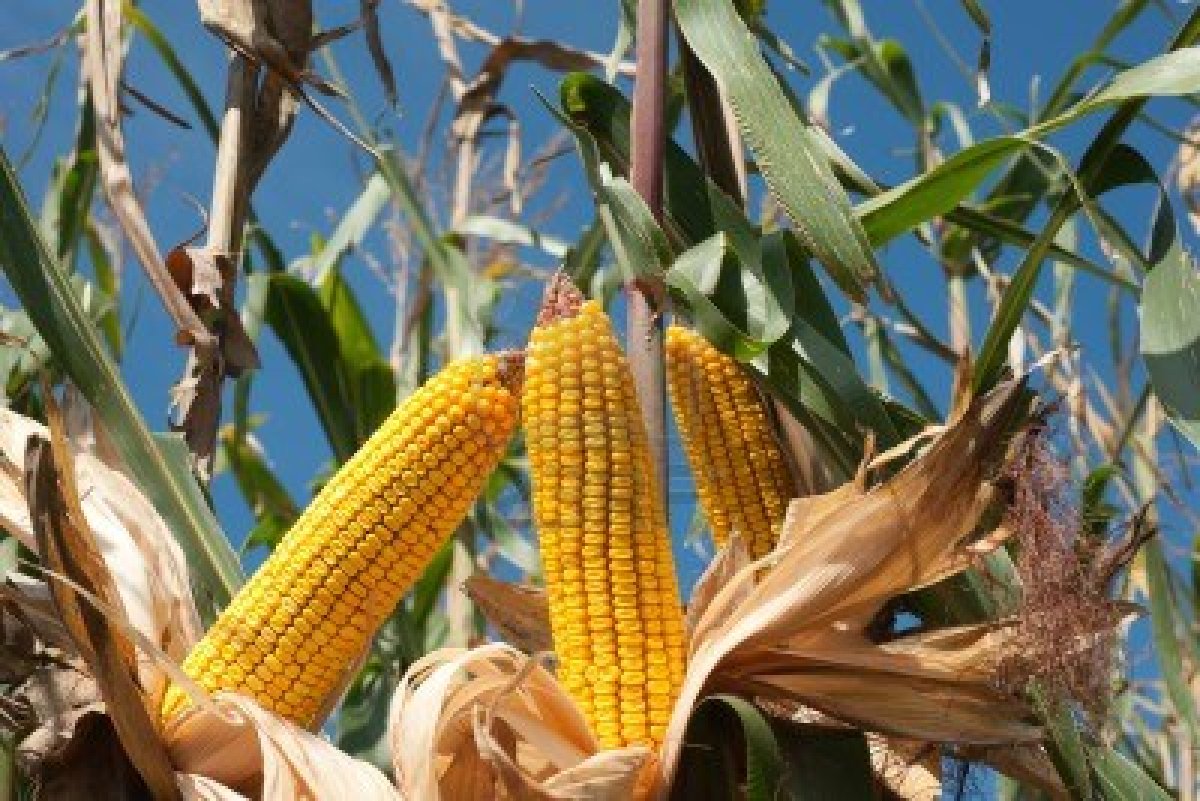My favorite part of this business has always been analysis. Whether programming something in Tradestation, building a spreadsheet or good old pencil and paper. Years of hand drawing charts finally allowed their nuances to sink in despite my stubbornness. The result of this is that I still do a lot of manual scanning of markets. There are times when a line of code will alert me to certain criteria. Many times, however it’s the human eyeball that eventually begins to compare a current set of visual data points recognized from the past and can extrapolate that into a projected set of assumptions into the future. We’ve had our eye on the corn market’s decline towards $3.00 per bushel not so coincidentally timed with the October 10th USDA World Agriculture Supply and Demand (WASDE) report. In doing so, we’ve discovered a very particular type of behavior in the Commitment of Traders reports among the commercial trader category in corn futures this time of year. You can see the fully mechanical results of our approach in these equity curves.
First, let’s underscore some general assumptions about the market and its players then, we’ll examine the evidence and finally, what it could it mean going forward. The corn market exhibits fairly regular seasonality just like any other agricultural crop. Spring planting fears create an early weather premium. Prices fall as the crop sprouts and matures. Finally, there are the fall harvest concerns. Just as importantly, the USDA reports margin of error typically declines as the season progresses leaving the October report as the harvest yardstick.
We’ll be tracking the commercial trader data for this study. The CFTC’s Commitment of Traders (COT) report publishes the weekly actions of both the commercial long and short hedgers. The COT report is the basis for all of our trading. It has always been our belief that no one knows more about a given market than those whose job and livelihoods rely on the accurate forecasting of it. We follow their net position in total. We also measure their relative action in order to get a sense of the rapidity with which they’re taking action in their market. This allows us to monitor both the absolute total number contracts relative to historical norms as well as the strength of their sentiment’s growth or decline.
This research originally started out as a small piece for our weekly contribution to Equities.com. However, the more I dug in, the more the scenario was validated. Here are the hand-calculated results of the last 10 years commercial trader behavior in the corn futures market from near the end of September through the beginning of November. Commercial traders have shown an average gain in their net position in 8 out of the last 10 years by about one-third. This is a net purchase, on average of 41,200 contracts for the long month we’re analyzing. This timeframe also coincides with the end of September seasonal trough and bounce through October harvest fears.
Using 2010 as an analog we can see that the current situation has a couple of important similarities and one primary difference. First of all, open interest is the highest its been since September of 2010. Secondly, this is the last time that corn has traded near $3.00 per bushel. We believe the two factors are positively related. On the other hand while open interest is at an all-time high, the commercial trader net position only 10% of the size it was in 2010. The current commercial trader position of net long 37,800 contracts could easily add the average increase of 41,200 contracts and still remain within the current year’s boundaries. Ultimately, we believe the next few Commitment of Traders reports will show a continued increase in net commercial purchases as long hedgers lock in the lowest input prices they’ve seen since 2010.
This really is a textbook example of eyeball data mining. Patterns change over time but the US corn harvest has been fairly regular and will continue into the future. Many trading systems are now evolved solely from neural nets and number crunching. It has always been our belief that a system built around a fundamental concept holds more weight than a random selection of technical indicators. Occasionally, the fundamental concepts change but not this time.






